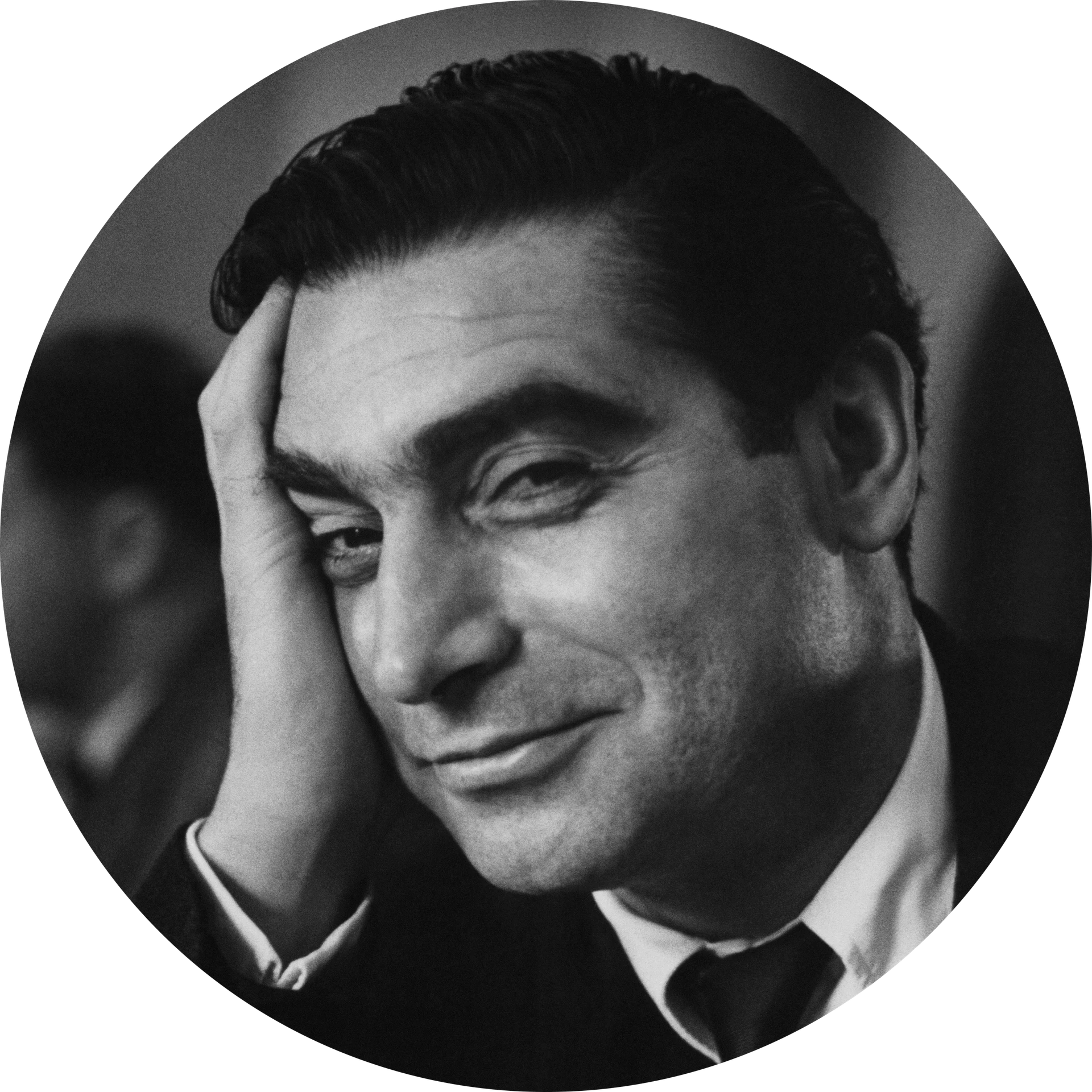Leica III
Fine, Precise and Equipped for Tough Times
1933 sees the arrival of the next milestone: the Leica III. A second exposure dial now enables longer exposure times. It also features the impressive built-in rangefinder, like in the Leica II produced at the same time. This offers better composition with more spontaneity. But the more robust and compact design also helps the Leica III set new standards in portable photography. It will become an indispensable tool for war photography, unfortunately all too soon.
Leica Means Freedom – Behind the Lens, Too
With the rise of Hitler, Ernst Leitz II began assisting Jewish citizens and political dissidents. Many were trained within the company and then enabled to leave Nazi Germany under the guise of overseas assignments for Leica. They travelled to Leitz offices abroad, primarily in New York. Leitz funded their journeys and supported them upon arrival. He even gave many of them a Leica camera to carry in their hand luggage. This courageous rescue effort remained largely unknown for many years – a quiet act of resistance and humanity.
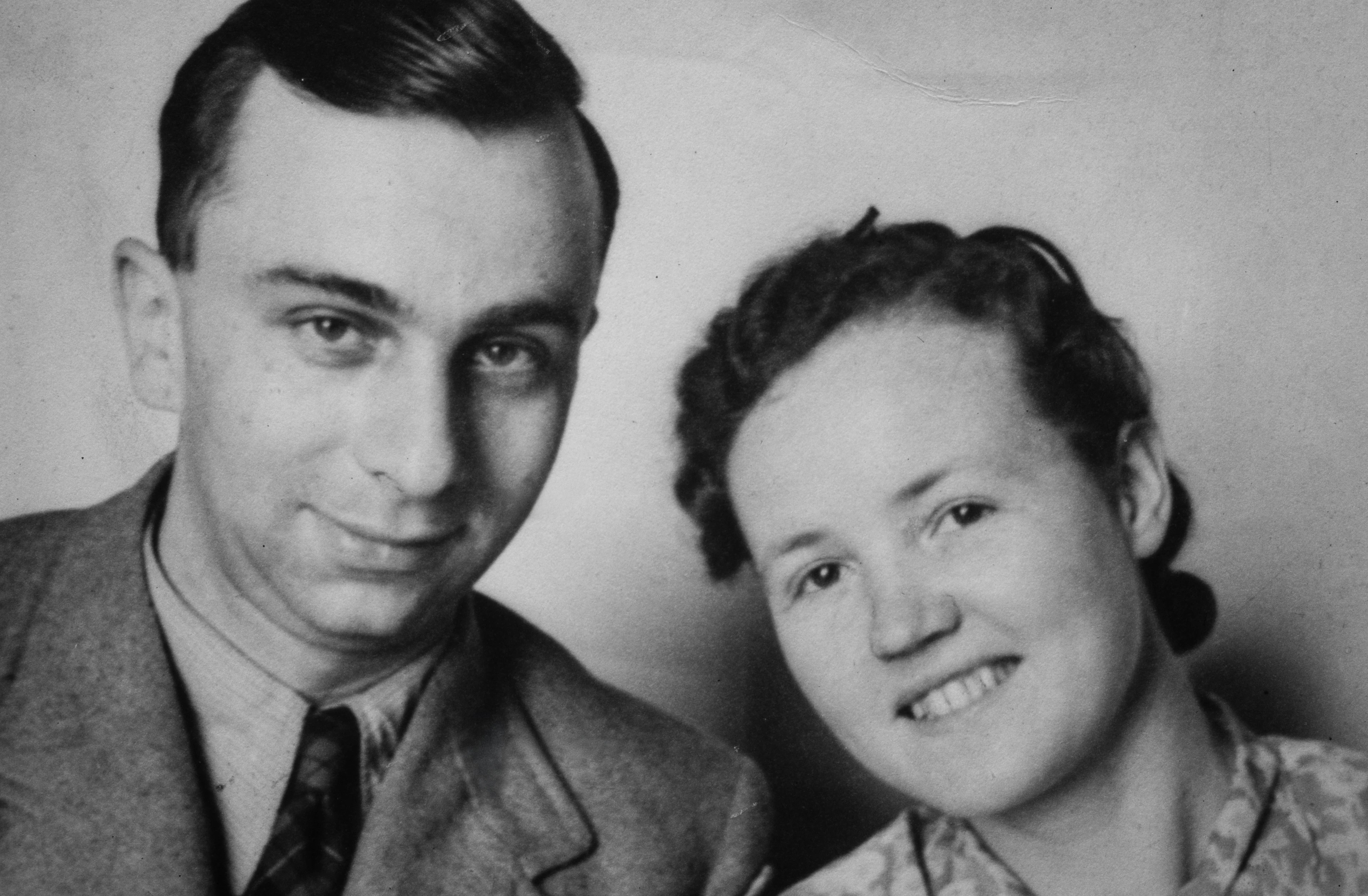
Robert Sternberg
As a Jew, Sternberg was refused permission to study. Ernst Leitz II trains him and finds a place for him in England, where he goes on to invent the ill-fated Ilford Witness camera, among other things.
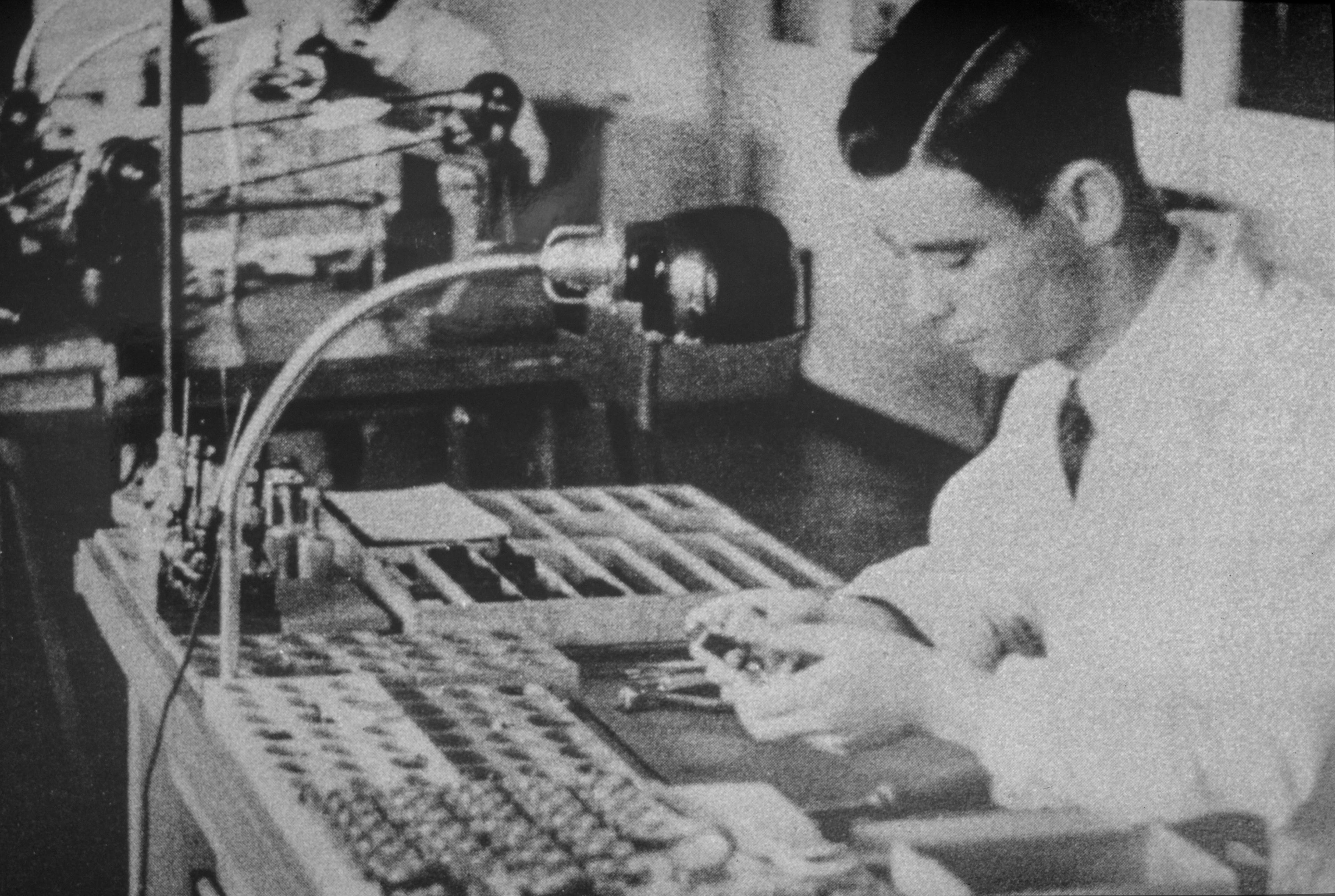
Kurt Rosenberg
Ernst Leitz II employs the mechanic at the New York Leica showroom, thereby saving him, for the time being. Rosenberg later joins the US Army – and dies in action in 1944.

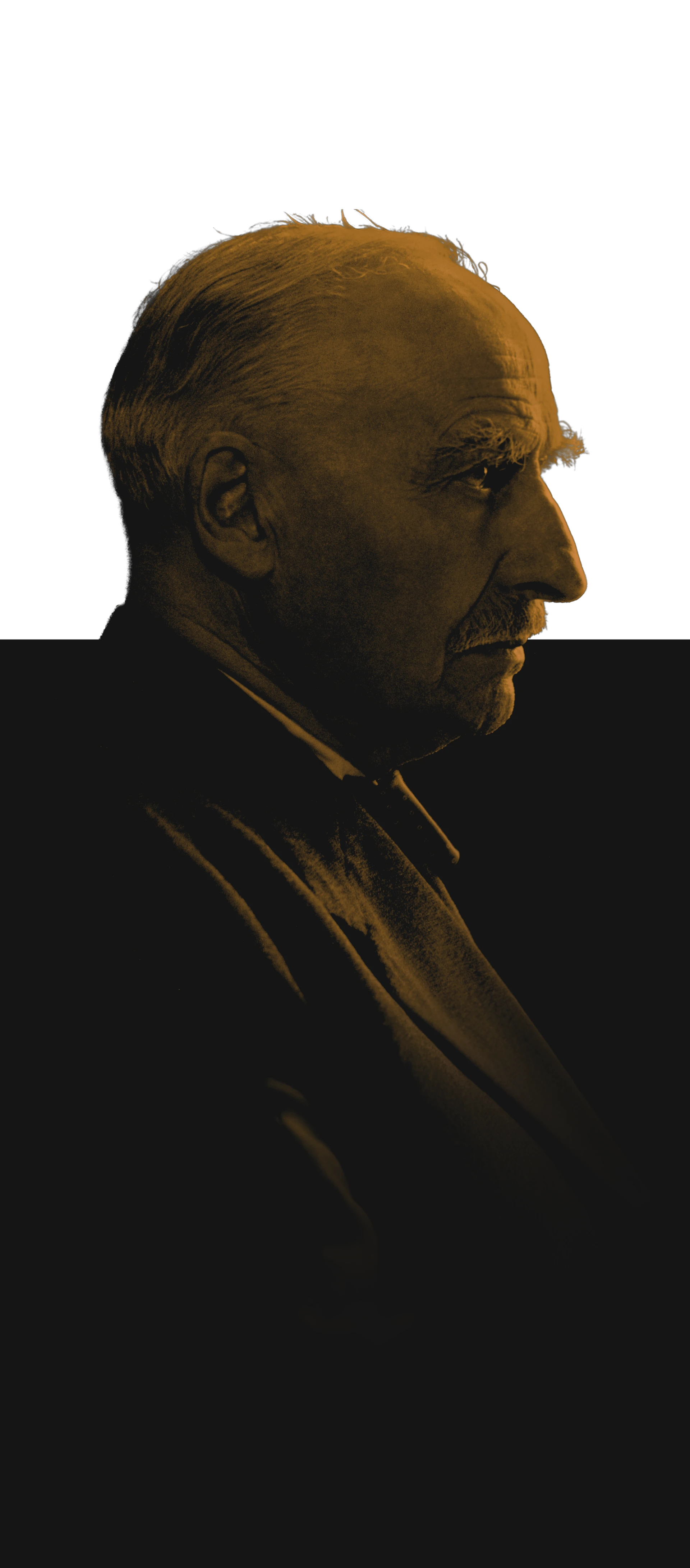
Iconic
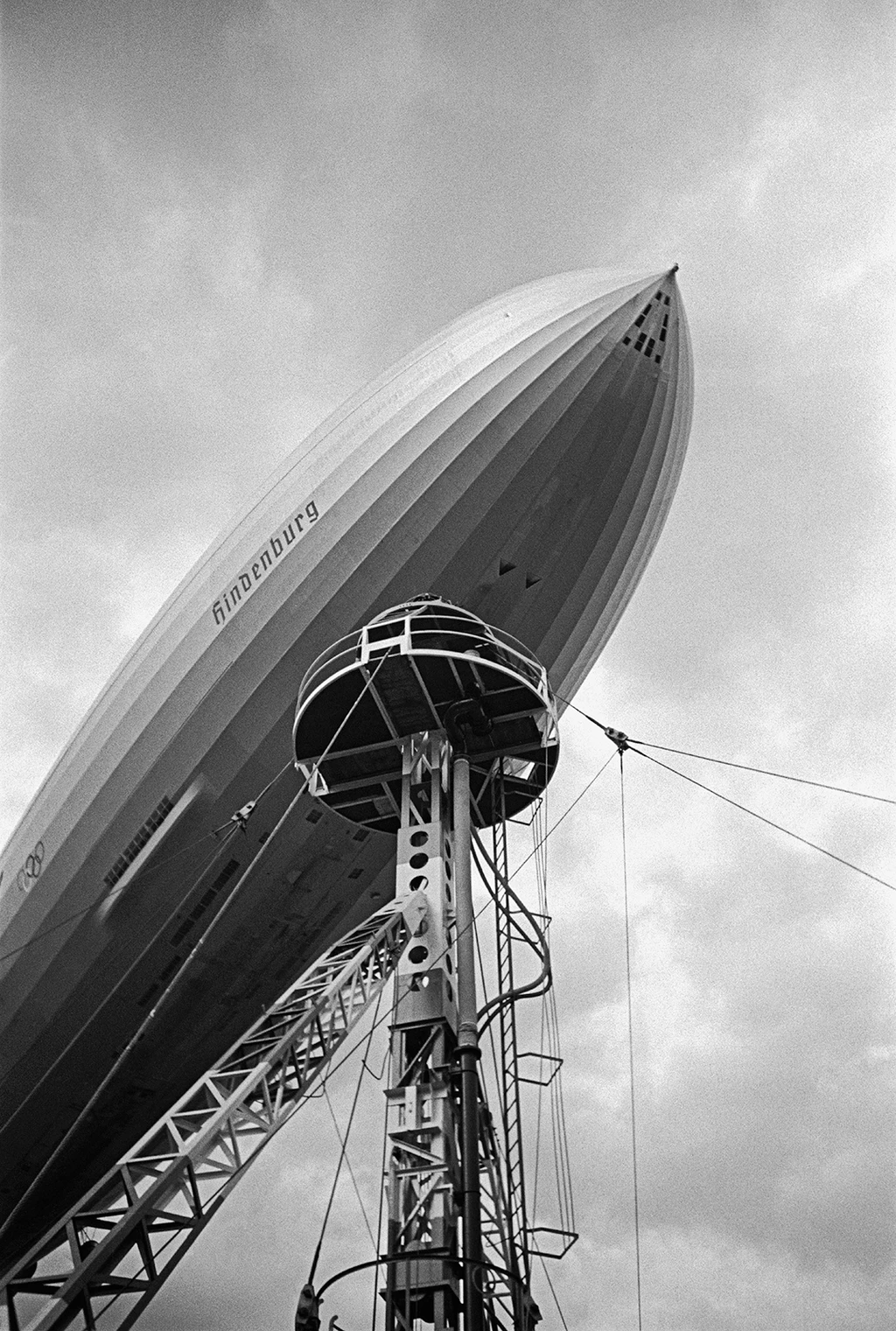
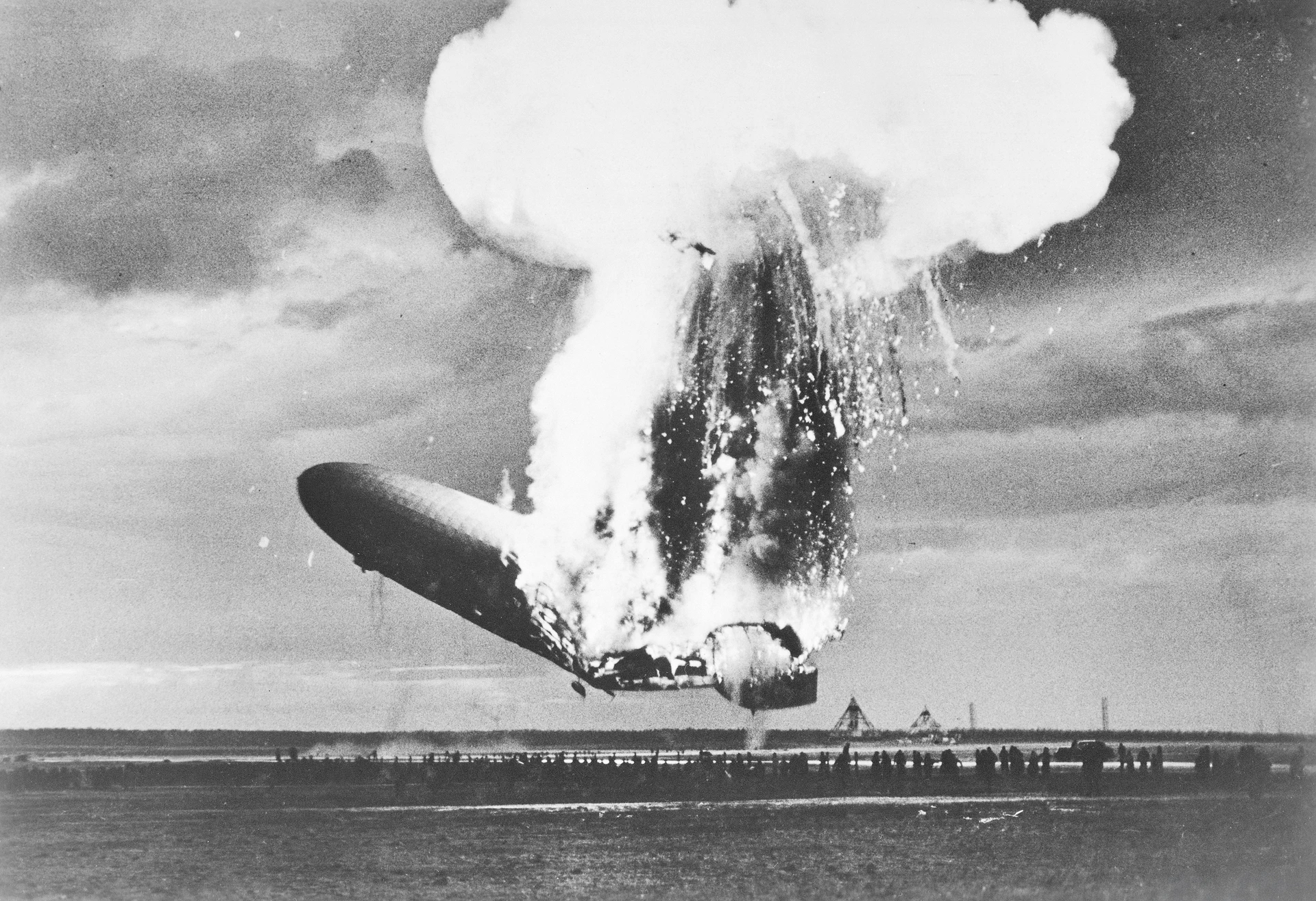
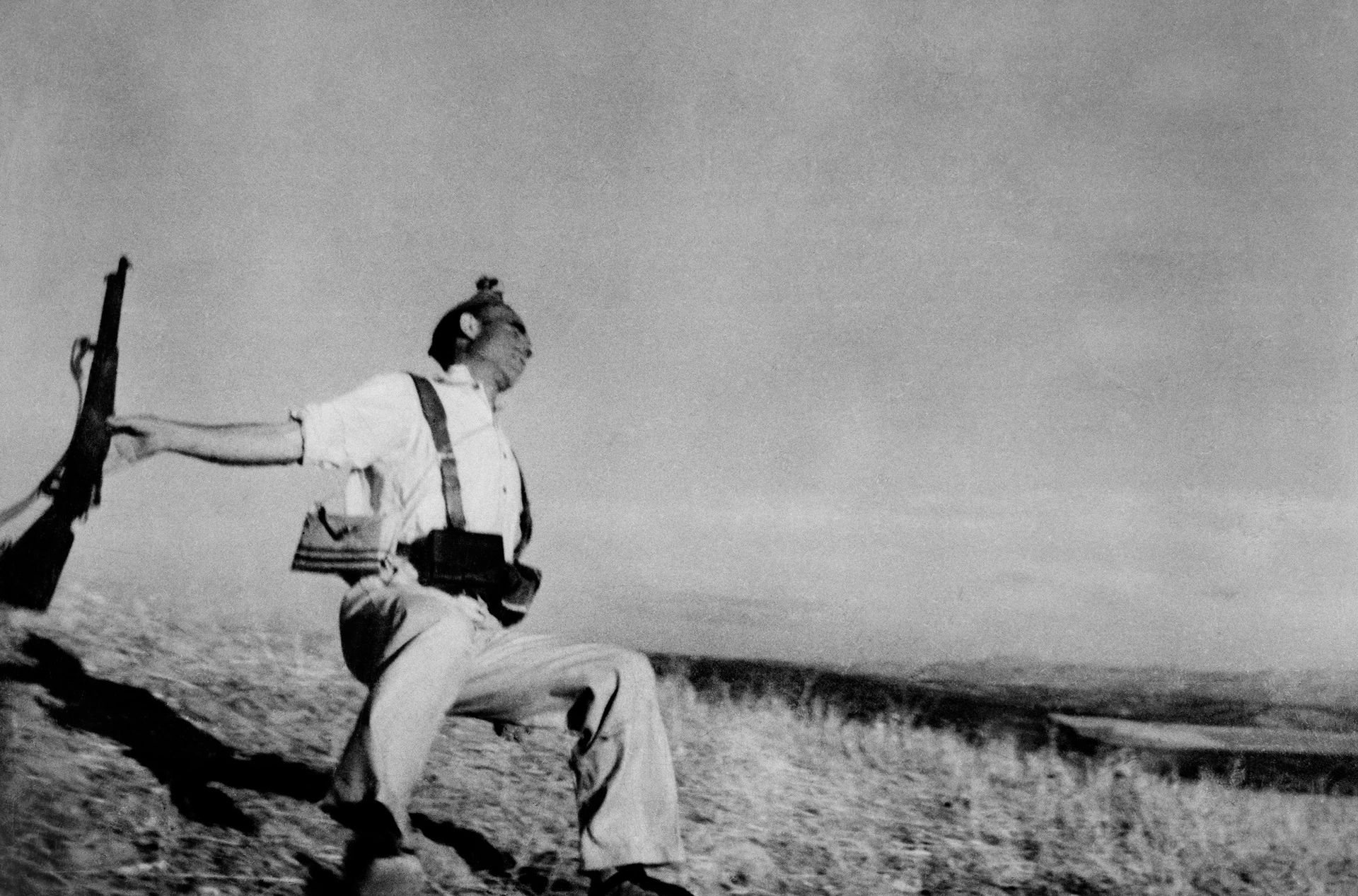
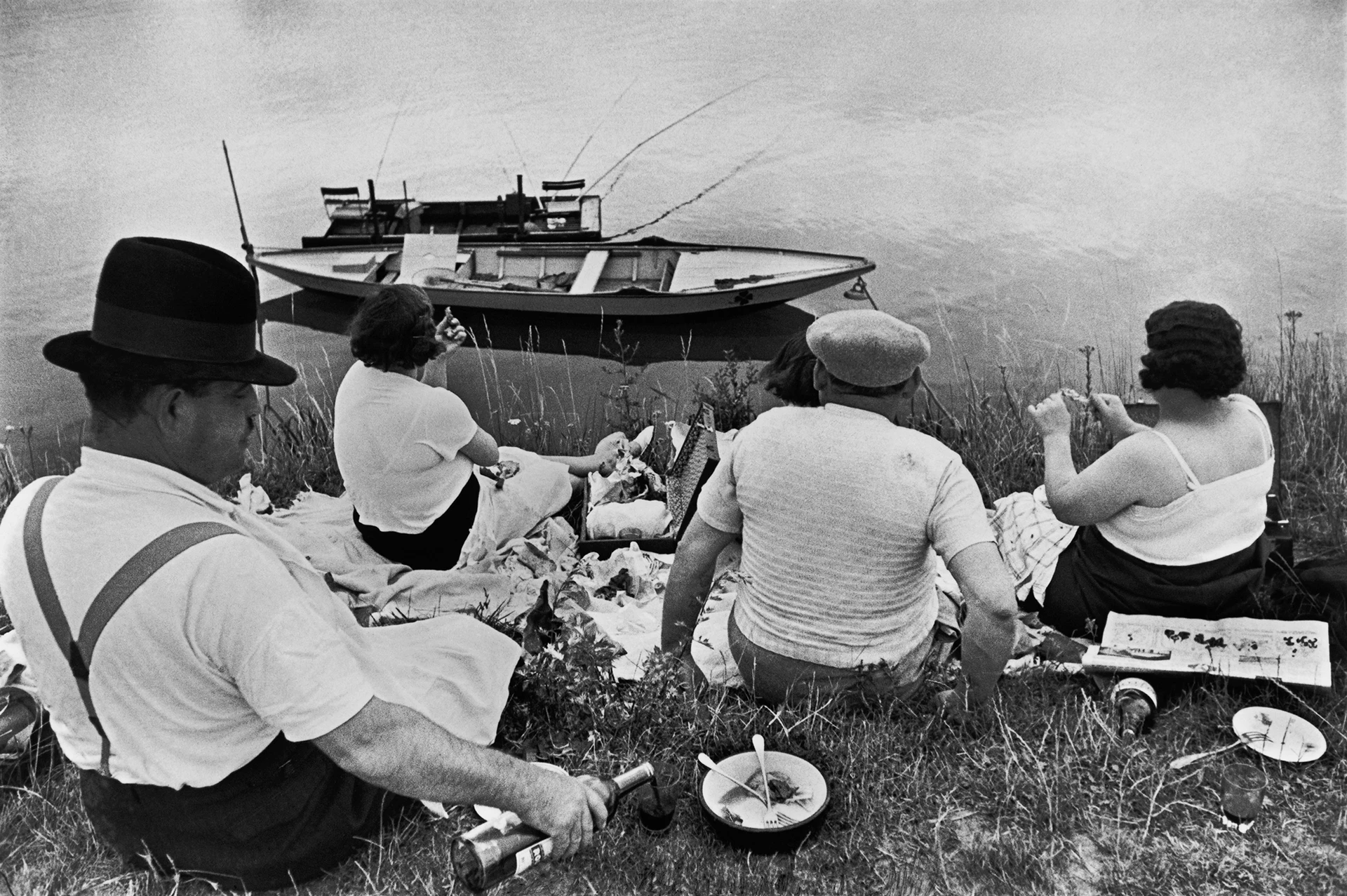
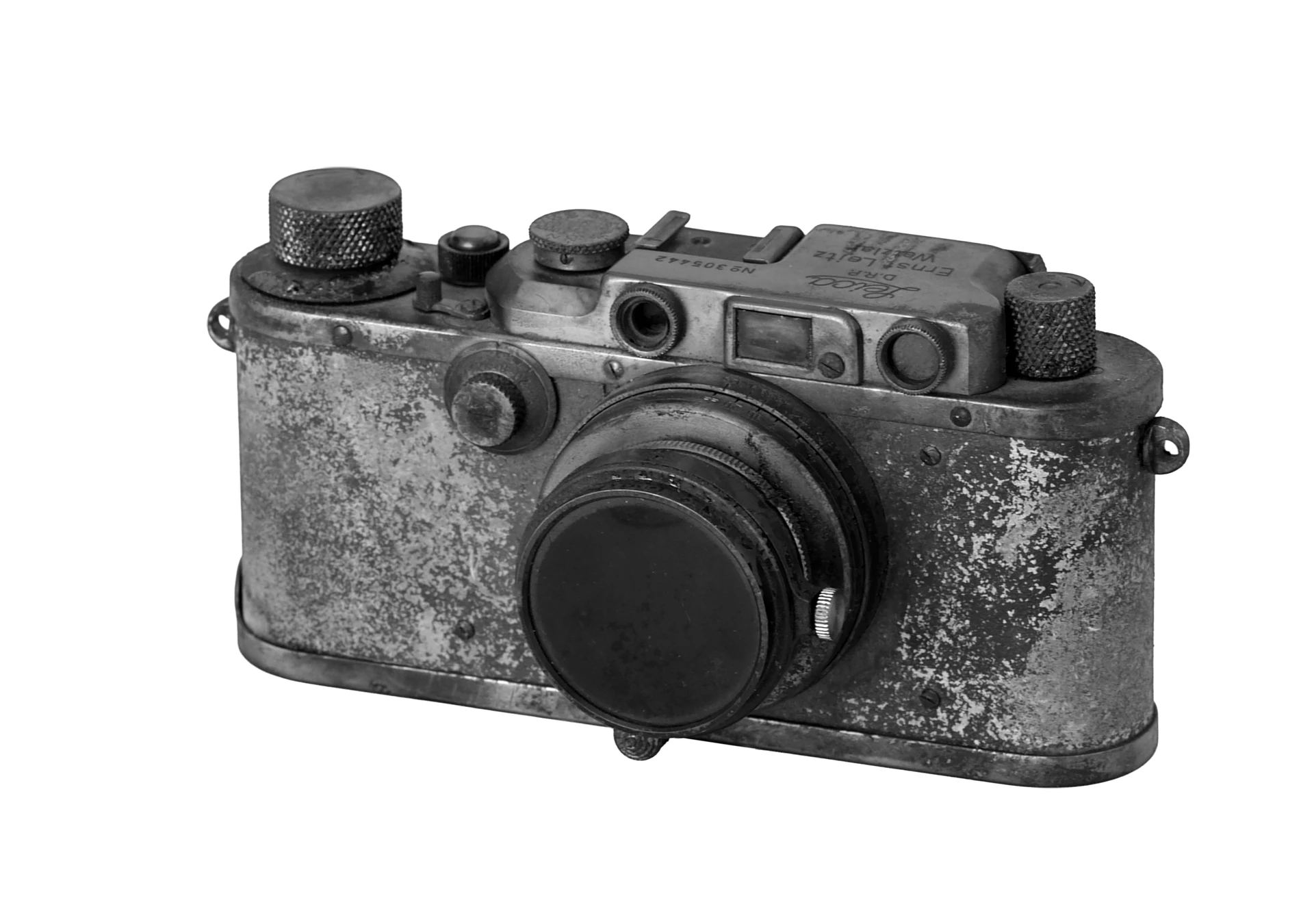
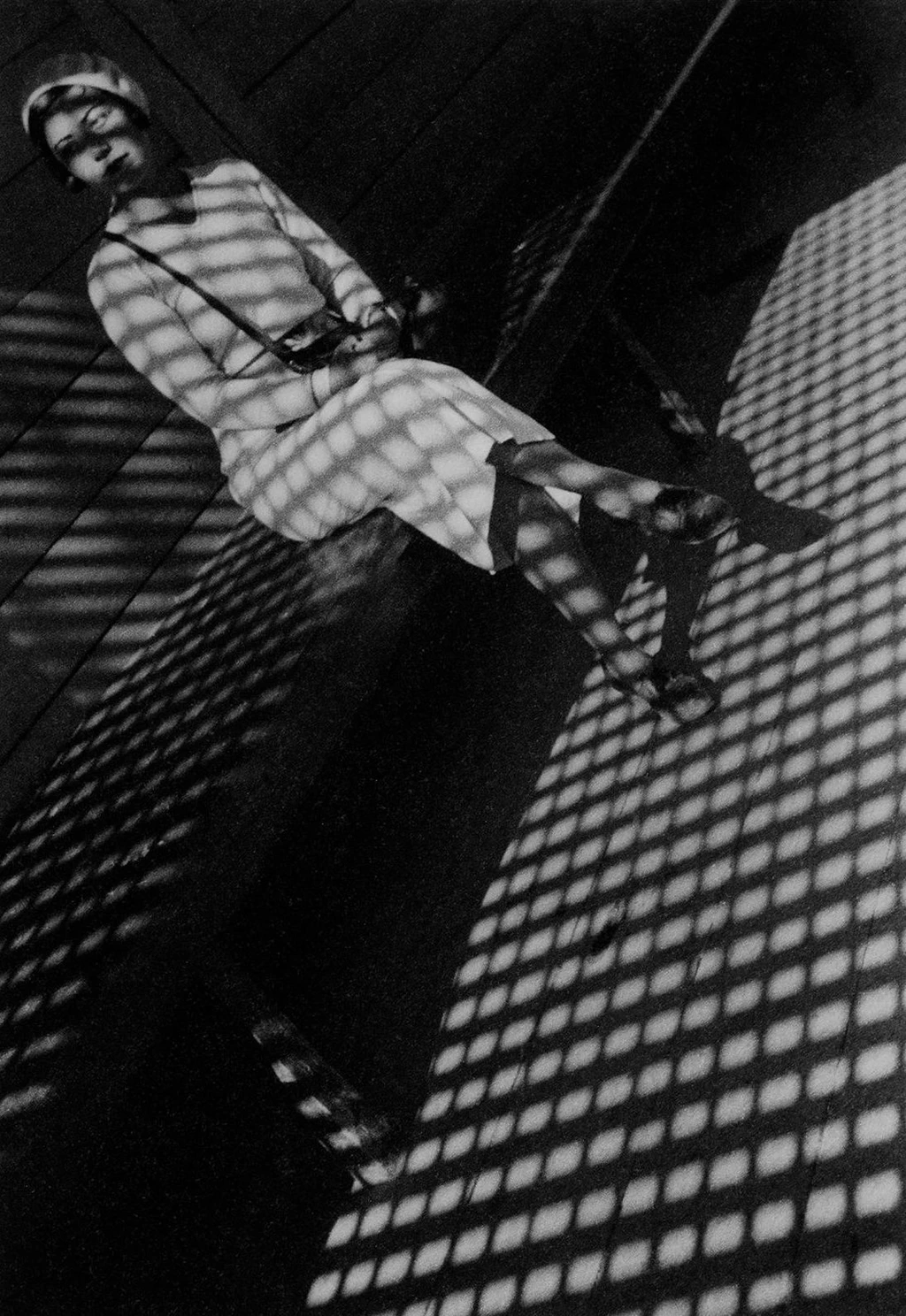
The truth is the best picture.– Robert Capa, 1937© Collection Capa / Magnum Photos, Photographed by Ruth Orkin
